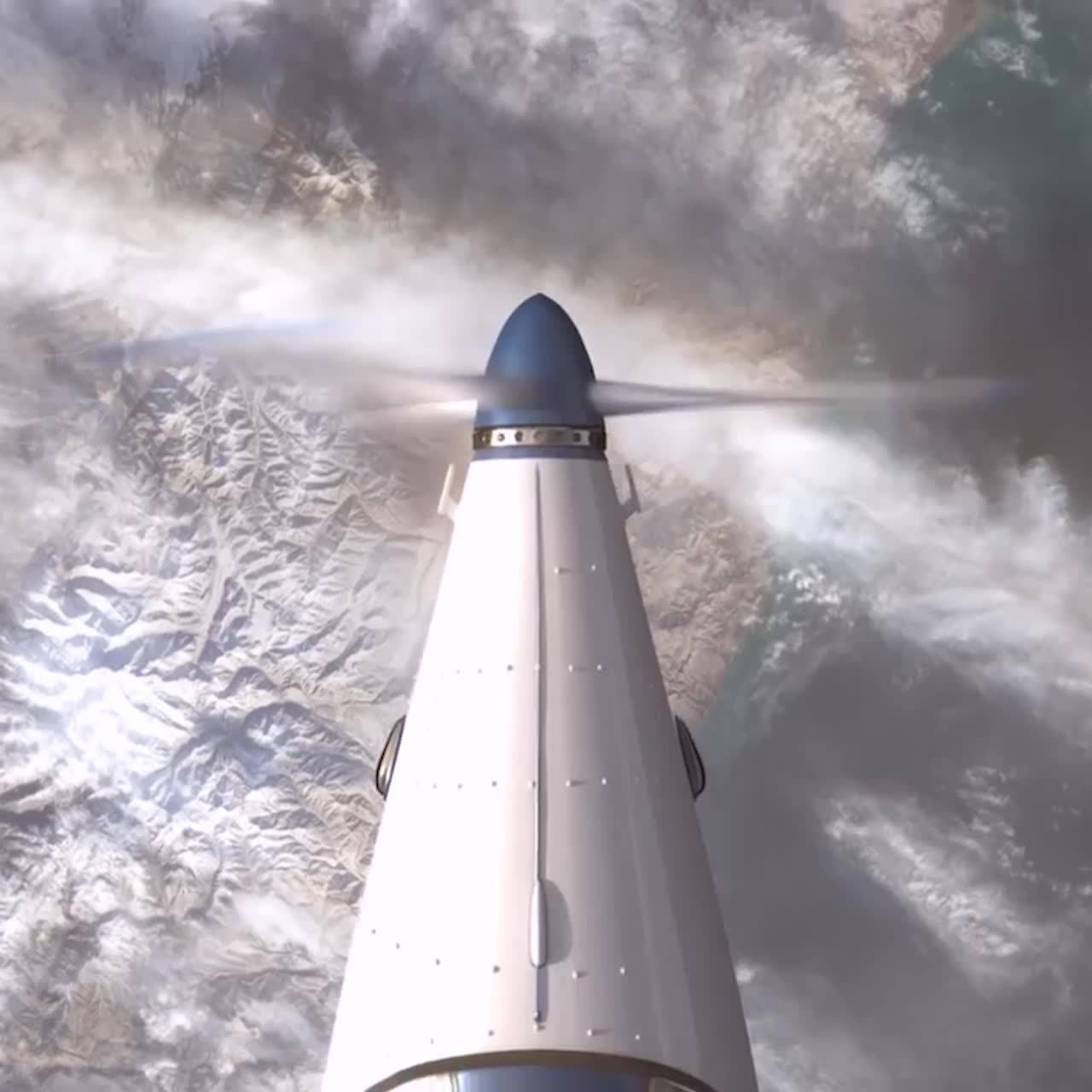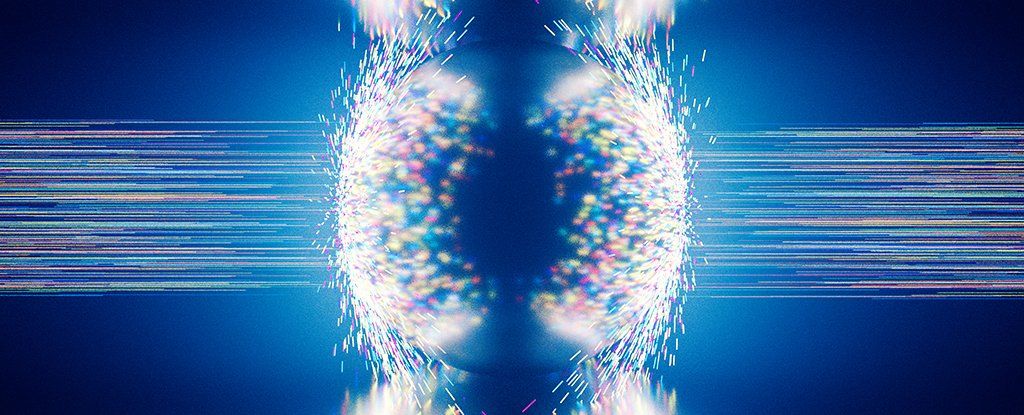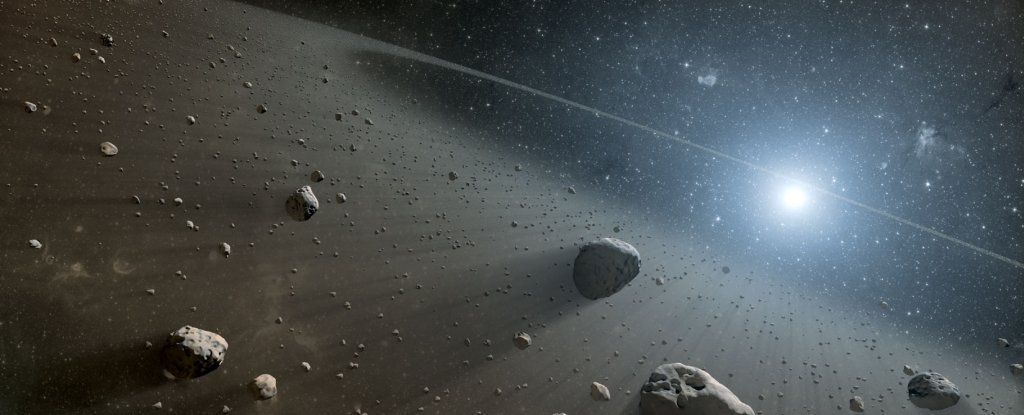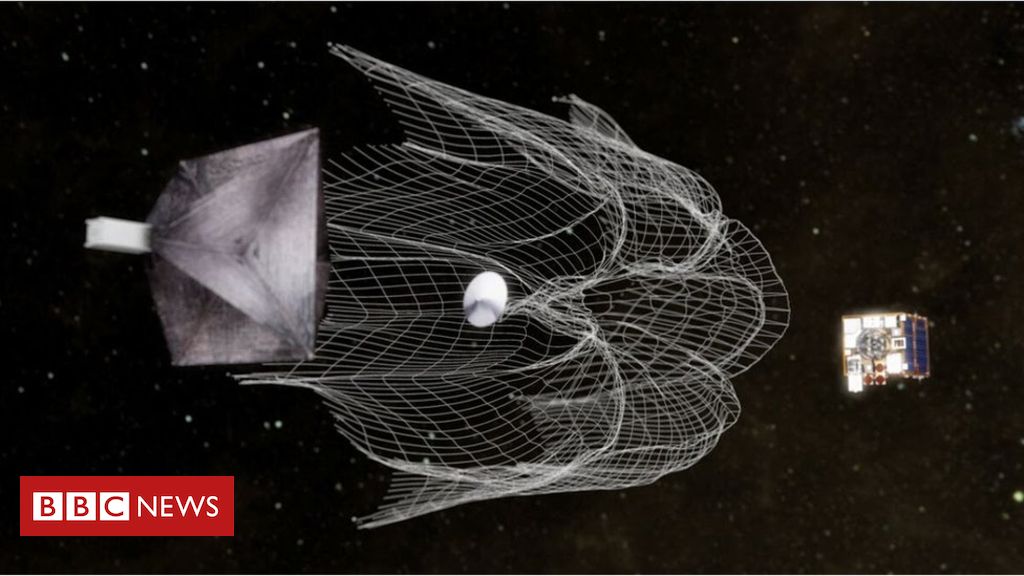Page 9710
Jun 21, 2018
This Solar Plane Will Fly To The Edge Of Space
Posted by Shailesh Prasad in categories: sustainability, transportation
Jun 21, 2018
A Strange Type of Matter Might Lie Inside Neutron Stars, And It Breaks The Periodic Table
Posted by Shailesh Prasad in category: particle physics
A group of physicists are questioning our understanding of how quarks — a type of elementary particle — arrange themselves under extreme conditions. And their quest is revealing that elements beyond the edge of the periodic table might be fair weirder than we thought.
Deep in the depths of the periodic table there are monsters made of a unique arrangement of subatomic particles. As far as elements go, they come no bigger than oganesson – a behemoth that contains 118 protons and has an atomic mass of just under 300.
That’s not to say protons and neutrons can’t be arranged into even bigger clumps and still remain somewhat stable for longer than an eye blink. But for all practical purposes, nobody has discovered it yet.
Jun 21, 2018
Here’s What NASA Plans to Do to Keep Us Safe From Asteroids
Posted by Shailesh Prasad in category: space
We don’t actually have a lot to be afraid of when it comes to asteroids. Sure, they might come pretty close from time to time, but they tend to buzz harmlessly by — after all, Earth is a pretty tiny target in the vastness of space.
That doesn’t mean we shouldn’t be prepared, though — and NASA, along with several other US federal agencies, has been putting together a contingency plan.
They’ve called the collective the Interagency Working Group for Detecting and Mitigating the Impact of Earth-bound Near-Earth Objects, or DAMIEN, which isn’t ominous at all, and released a 20-page document that outlines the asteroid — or near-Earth object (NEO) — plans for the next decade.
Continue reading “Here’s What NASA Plans to Do to Keep Us Safe From Asteroids” »
Jun 21, 2018
Is aging not scary? The children’s tales that are killing us
Posted by Steve Hill in categories: biotech/medical, evolution, life extension
Today we will be taking a look at some of the stories people tell themselves to help them pretend aging is not a problem.
If you ask most people what they think about aging, they will shrug their shoulders and say that it is a natural process. With complete tranquility on their faces, they will agree that, yes, in old age, we are haunted by many diseases, but nothing can be done about it, so it makes no sense to worry about it while you are young and healthy. Just live your life.
Then, the conversation will turn towards an even stranger direction: they will start looking for something good about aging – for example, that it ensures a change of generations, prevents society from becoming stuck in obsolete ideas, and, in general, is the engine of evolution. They’ll explain that the notion of death gives meaning to life and makes us accomplish as much as possible in the little time we have.
Continue reading “Is aging not scary? The children’s tales that are killing us” »
Jun 21, 2018
What Is Optical Computing (Computing At The Speed of Light)
Posted by Ankur Bargotra in categories: computing, information science
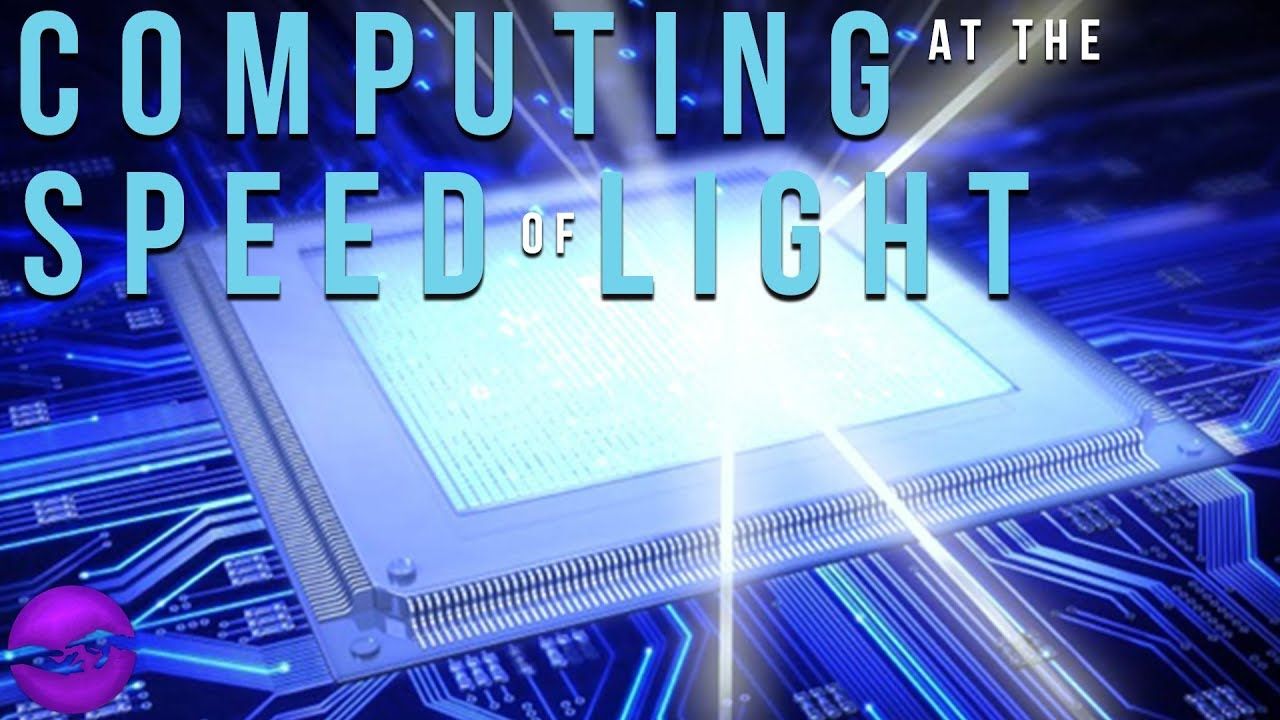
Recommended Books ➤
📖 Life 3.0 — http://azon.ly/ij9u
📖 The Master Algorithm — http://azon.ly/excm
📖 Superintelligence — http://azon.ly/v8uf
Continue reading “What Is Optical Computing (Computing At The Speed of Light)” »
Jun 21, 2018
Prosthetic Memory Enhancement Is Here
Posted by Shailesh Prasad in categories: biotech/medical, cyborgs, neuroscience
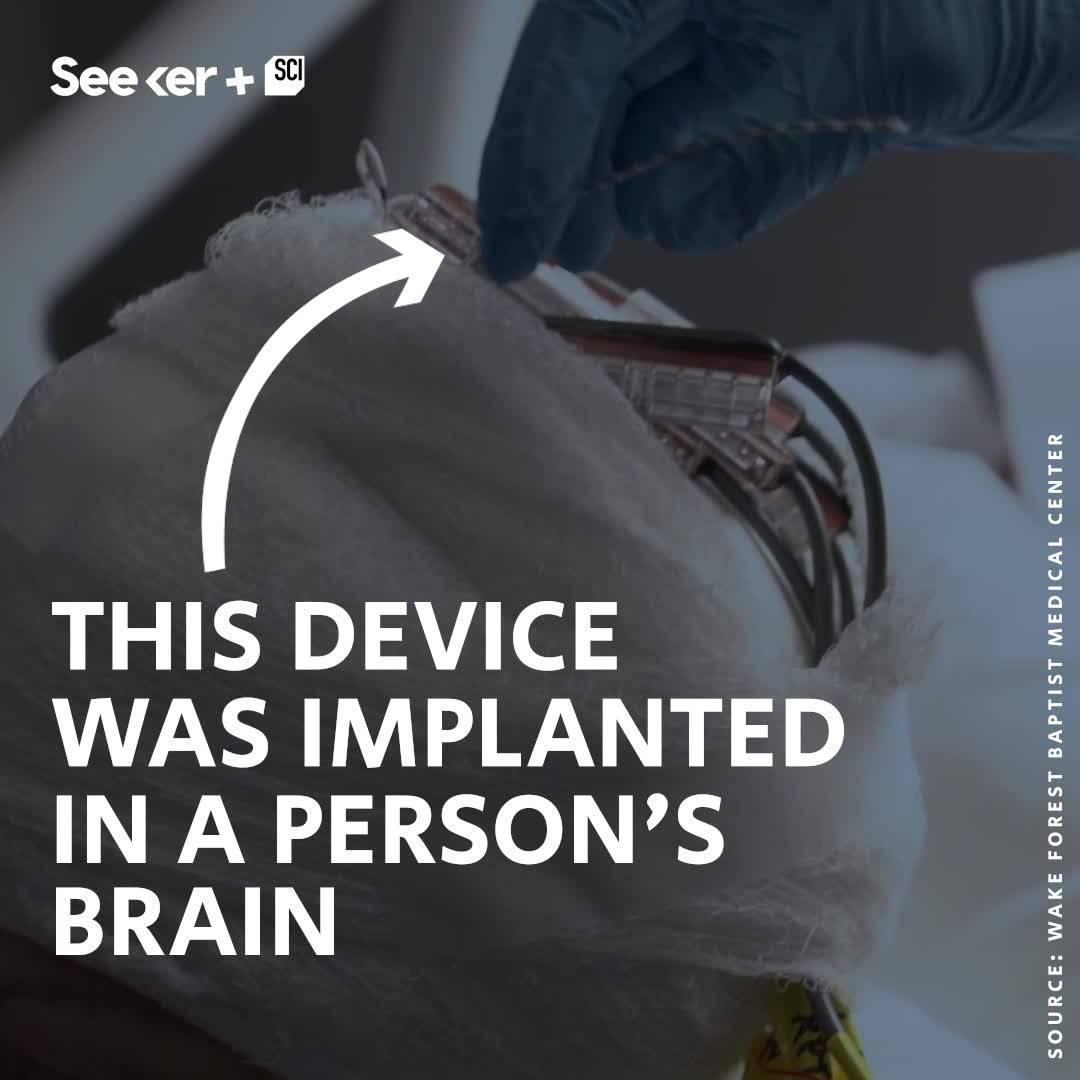
This brain implant gives users prosthetic memory that can boost the brain’s short-term recall.
Now Mr. Liu is promoting UHV internationally through his Global Energy Interconnection initiative. Designated a “national strategy” and championed by Xi Jinping, China’s president, the initiative feeds into one of China’s most ambitious international plans — to create the world’s first global electricity grid.
China’s dream of building a global electricity grid may be coming true, the Financial Times reports.
Jun 20, 2018
10 Charts That Will Change Your Perspective On Artificial Intelligence’s Growth
Posted by Genevieve Klien in categories: biotech/medical, business, employment, information science, mapping, robotics/AI, security
- There has been a 14X increase in the number of active AI startups since 2000. Crunchbase, VentureSource, and Sand Hill Econometrics were also used for completing this analysis with AI startups in Crunchbase cross-referenced to venture-backed companies in the VentureSource database. Any venture-backed companies from the Crunchbase list that were identified in the VentureSource database were included.
- The share of jobs requiring AI skills has grown 4.5X since 2013., The growth of the share of US jobs requiring AI skills on the Indeed.com platform was calculated by first identifying AI-related jobs using titles and keywords in descriptions. Job growth is a calculated as a multiple of the share of jobs on the Indeed platform that required AI skills in the U.S. starting in January 2013. The study also calculated the growth of the share of jobs requiring AI skills on the Indeed.com platform, by country. Despite the rapid growth of the Canada and UK. AI job markets, Indeed.com reports they are respectively still 5% and 27% of the absolute size of the US AI job market.
- Machine Learning, Deep Learning and Natural Language Processing (NLP) are the three most in-demand skills on Monster.com. Just two years ago NLP had been predicted to be the most in-demand skill for application developers creating new AI apps. In addition to skills creating AI apps, machine learning techniques, Python, Java, C++, experience with open source development environments, Spark, MATLAB, and Hadoop are the most in-demand skills. Based on an analysis of Monster.com entries as of today, the median salary is $127,000 in the U.S. for Data Scientists, Senior Data Scientists, Artificial Intelligence Consultants and Machine Learning Managers.
Continue reading “10 Charts That Will Change Your Perspective On Artificial Intelligence’s Growth” »
Jun 20, 2018
Astronauts eject space junk demo mission
Posted by Klaus Baldauf in categories: robotics/AI, space travel
The £13m RemoveDebris spacecraft was taken to the ISS in April and stored onboard ahead of Wednesday’s release.
The spacecraft was pushed out of an airlock where a robotic arm then picked it up gave it a gentle nudge down and away from the 400km-high lab.
In the process, RemoveDebris became the largest satellite to ever be deployed from the International Space Station. The time was about 12:35 BST.

